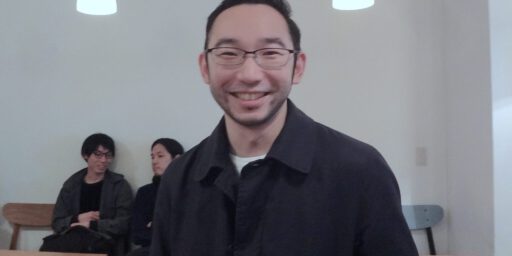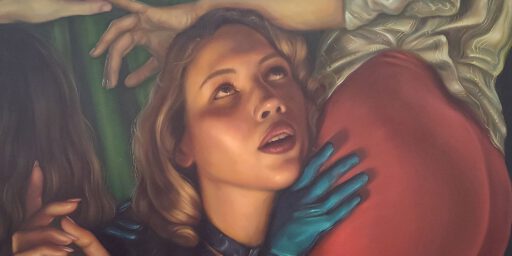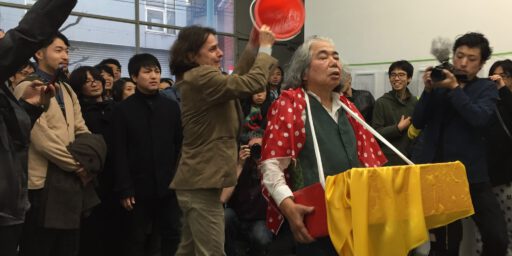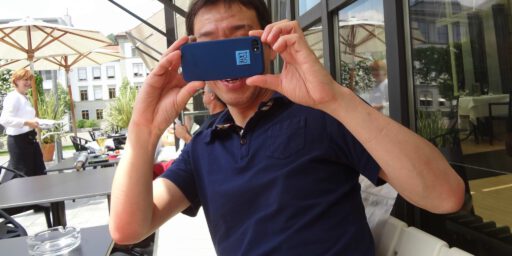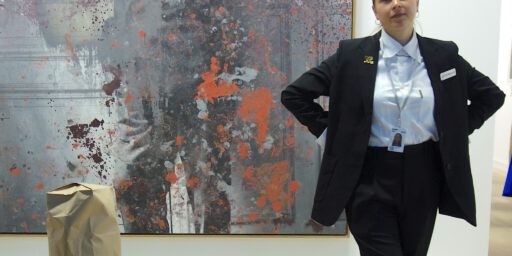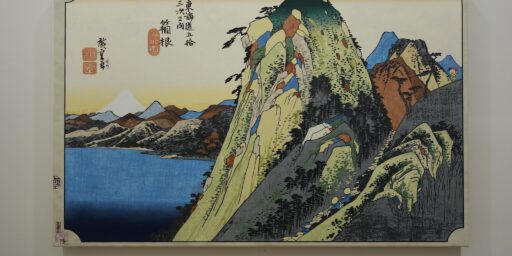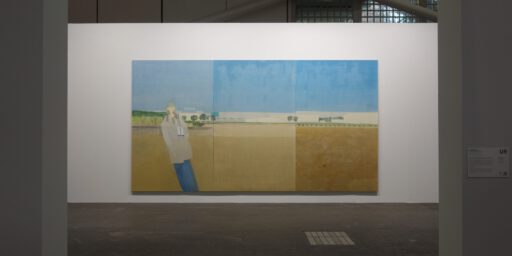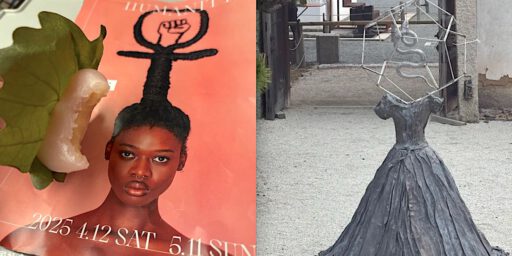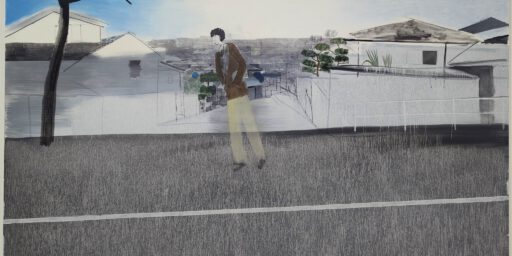人気の日本現代美術家花井祐介とサーフマインド Popular Japanese contemporary artist HANAI Yusuke and the Surfer's Mind
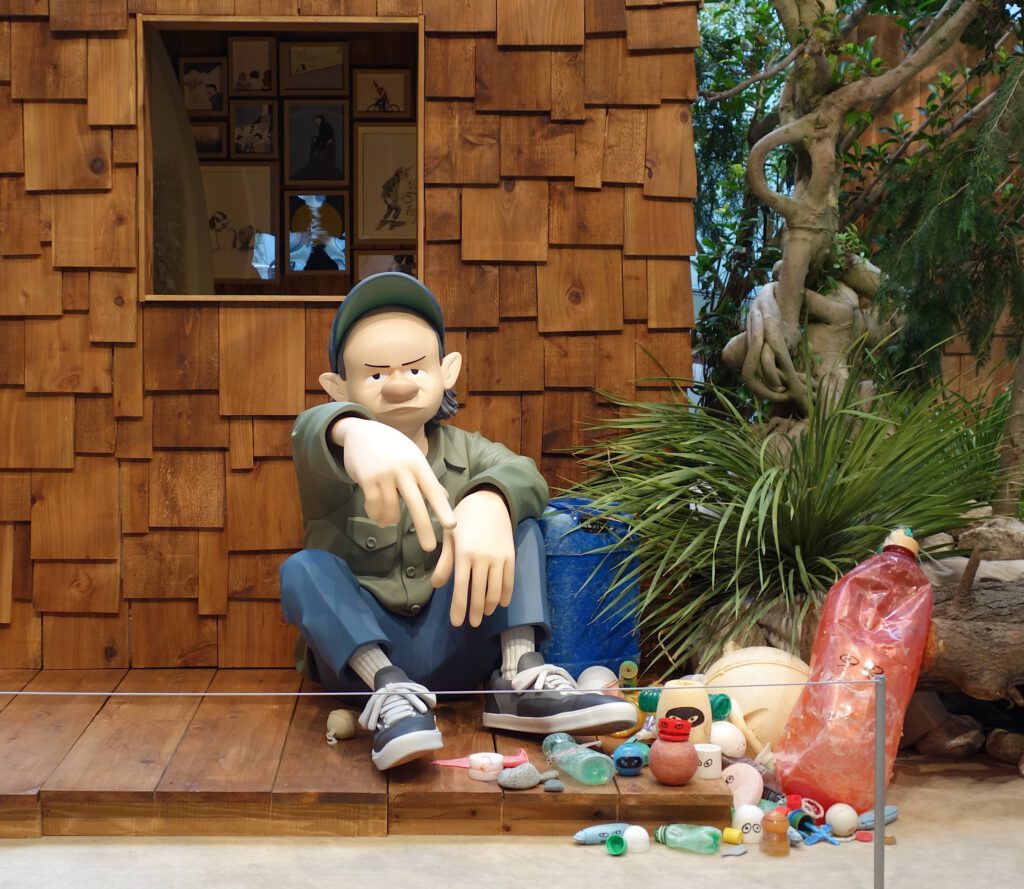
The Japanese artist HANAI Yusuke 花井祐介, born in 1978, has hit the nerve of the times. Especially in the arch-conservative Japanese society, he symbolizes a pleasant attitude of the anti-conformista with his surfer world and surfer’s mind.
He also reminds me of the gallery owner ISHII Takayuki 石井孝之 (Taka Ishii Gallery), for whom it was/is very important to go to the sea after his gallery work to relax and breaking waves.
Interestingly, Hanai, with laze demeanour, personable and radiating positive energy, is completely at ease about his meteoric success in the Japanese contemporary art scene. Above all, he happily gained a foothold in the genre of painting and his representative GALLERY TARGET in Tokyo has enabled him to take the serious path of an artist.
His drawing style is nothing to sneeze at, as it borrows freely from the weed-aesthetics of 1960s Californian beatnik cartoons, particularly those drawn by Rick Griffin. In a way, Hanai has even added a few chapters to the late artist’s legacy with his own early works, most of which deal with surfing. A version of Griffin’s greatest gift to surf culture, Murphy the perennial from, appears in many of Hanai’s first surf-themed paintings. But the Japanese artist’s interest in US culture and counterculture runs deep.
Hanai spent about one year in San Francisco studying art in class and through street graffiti. So it’s no coincidence that his drawing style borrows from the Haight-Ashbury gene pool circa ’69, with a hint of Barry McGee. In fact, McGee, Margaret Kilgallen and Clare Rojas in particular seem to act as role models for Hanai, as the figurative works of all four artists infuse a cartoonish aesthetic with the pathos of the disenfranchised and the aspirational potential of the individual.
His modus vivendi can be easily deciphered as he draws everyday things, including family, friends and pets. He often adds small ephemera that refer to a clearly contemporary reality. His social conscience reflects his attitude in frequently painting rubbish/litter, found at the beach or in the sea, as motives.
“G-5600SRF” promotional movie by Yusuke Hanai | CASIO G-SHOCK

Environmental pollution remains an issue that is particularly close to his heart. Some artworks are printed on fabric made from recycled polyester. His landscapes can appear slightly polluted by the entanglements of progress.
Further metaphorical symbolisms, in time & space, like stones picked up by the sea could come from children.
Lately his practice extended into mickey-mouse-like-illustration with cats.
His male figures, grumpy cartoon characters, in the paintings appear melancholic, sad, frowning and stooped, seemingly weighed down by an existential burden. I may, in the broadest sense, even make an assessment of the epistemological “Condizione Umana”. Down but not out. Many are seated and alone, like Hanai’s alter ego. He probably wants to show us that we are a flawed species and that idealism is not his calling.
Nonetheless, his artistic practice embodies an appeal to our collective sympathies and failures – our ability to help each other and recognise in others our own struggles in a mostly conservative society, with predominantly stressed, overworked Japanese people. Japan having made a name for its very short vacation time: 12 days for a trip to Europe is the maximum.
In this kind of melancholic mood, in his sorrowful paintings I recognise his will to join Japan’s highly capitalistic consumer world but only on the condition that he can pass on his counter culture attitude as a recurring message.
Which should be applauded.
2024/8/16
Mario A 亜 真里男
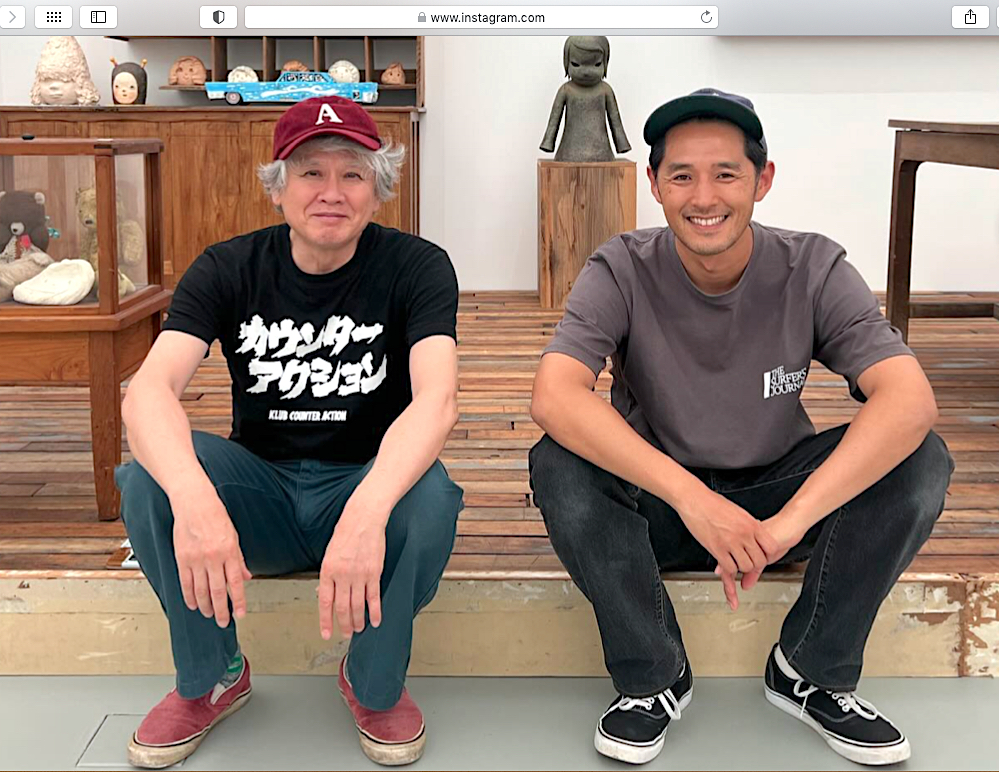
https://www.instagram.com/p/C9g893_SPbl/?img_index=1
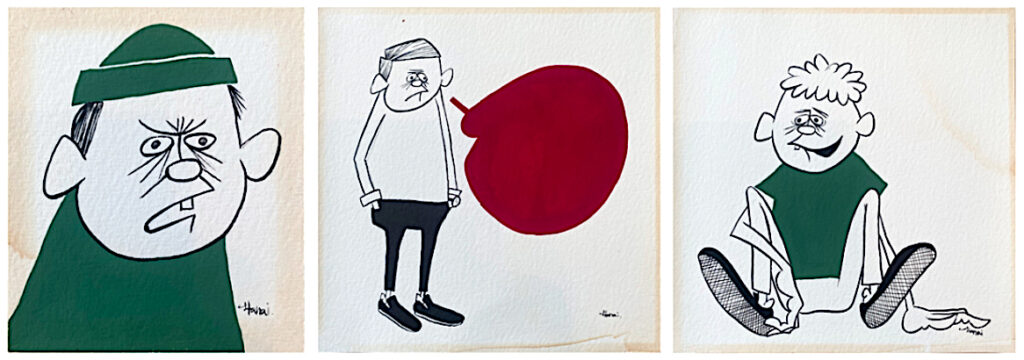

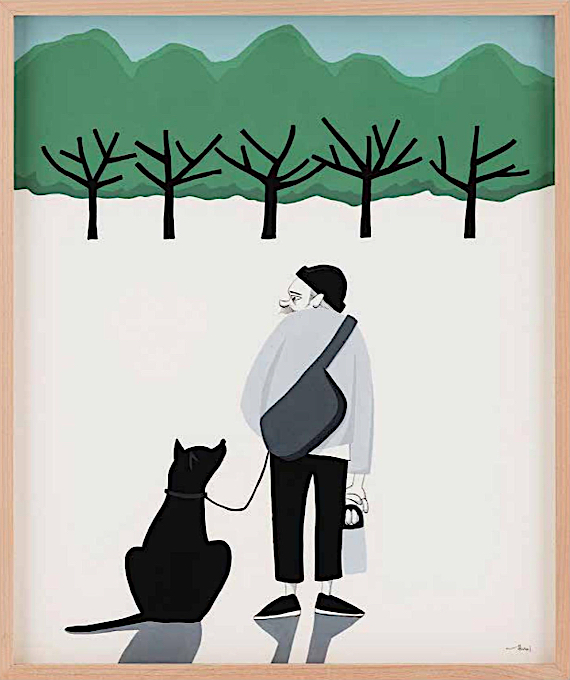
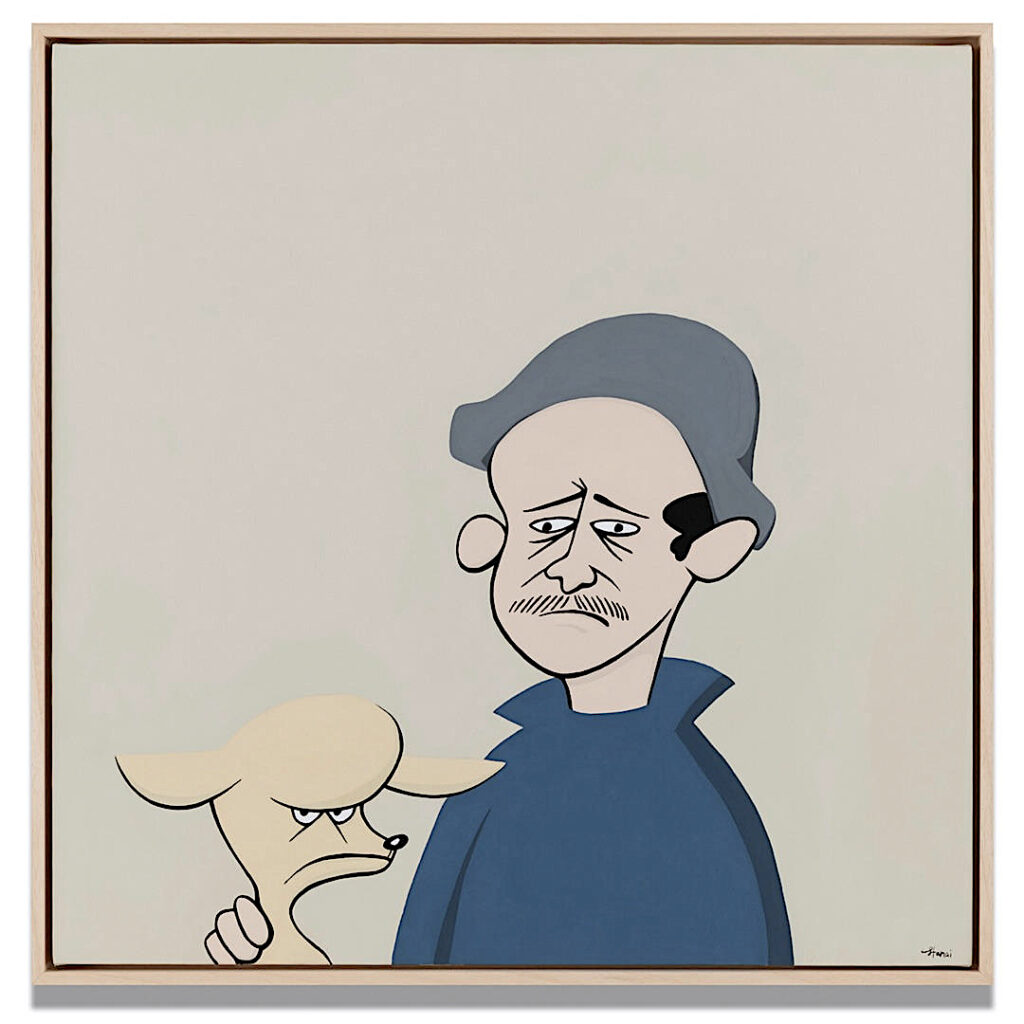
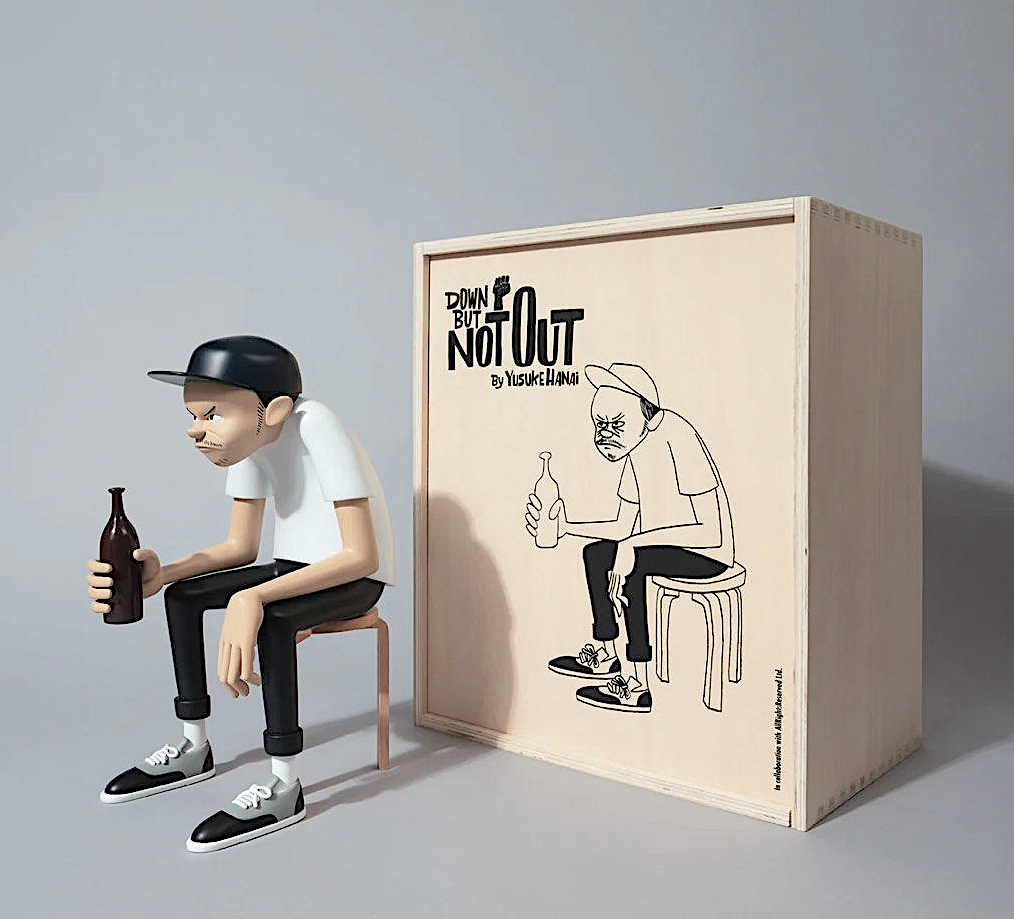
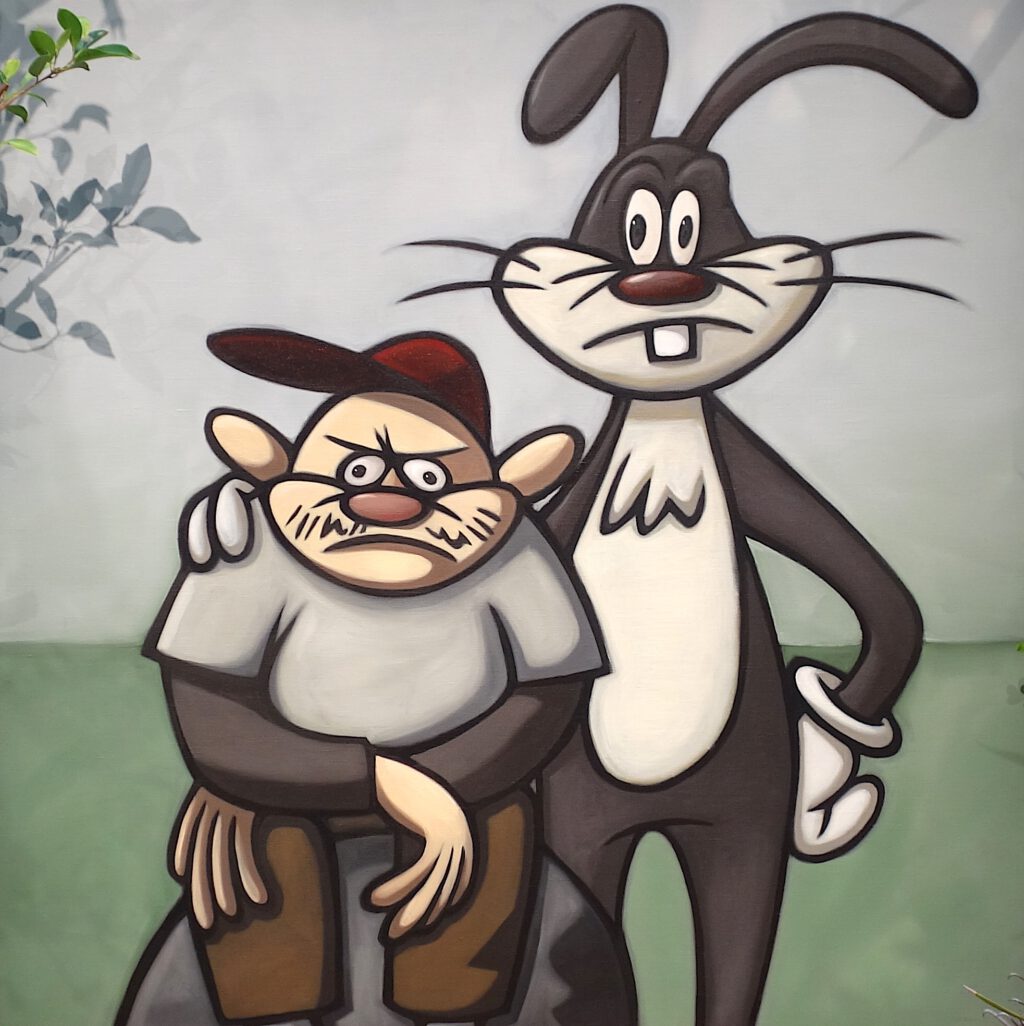


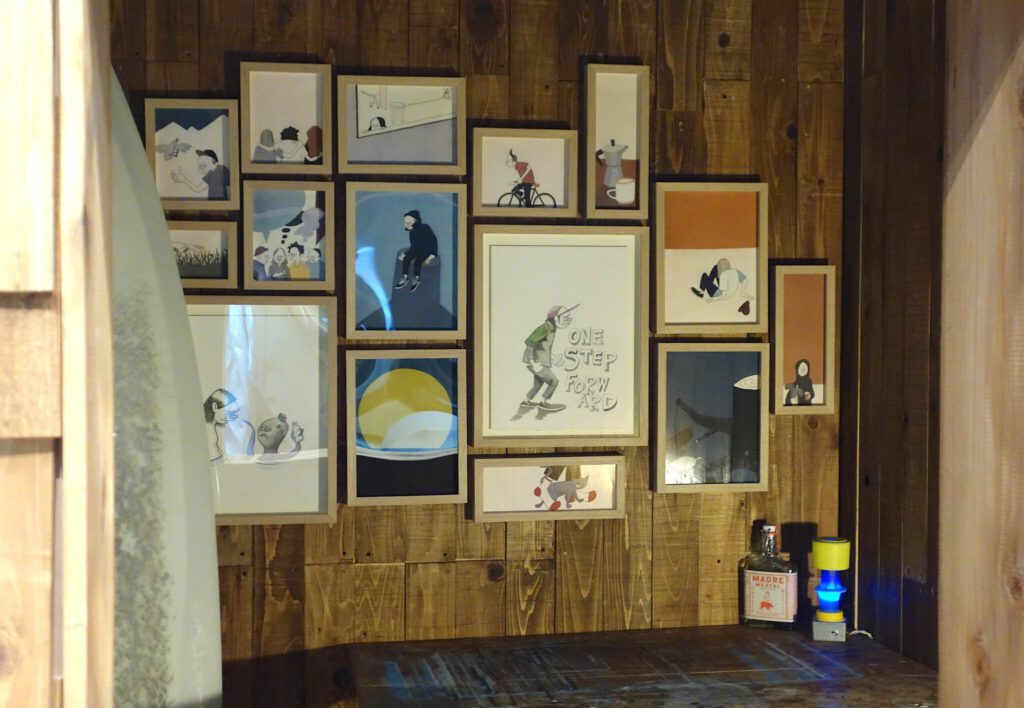
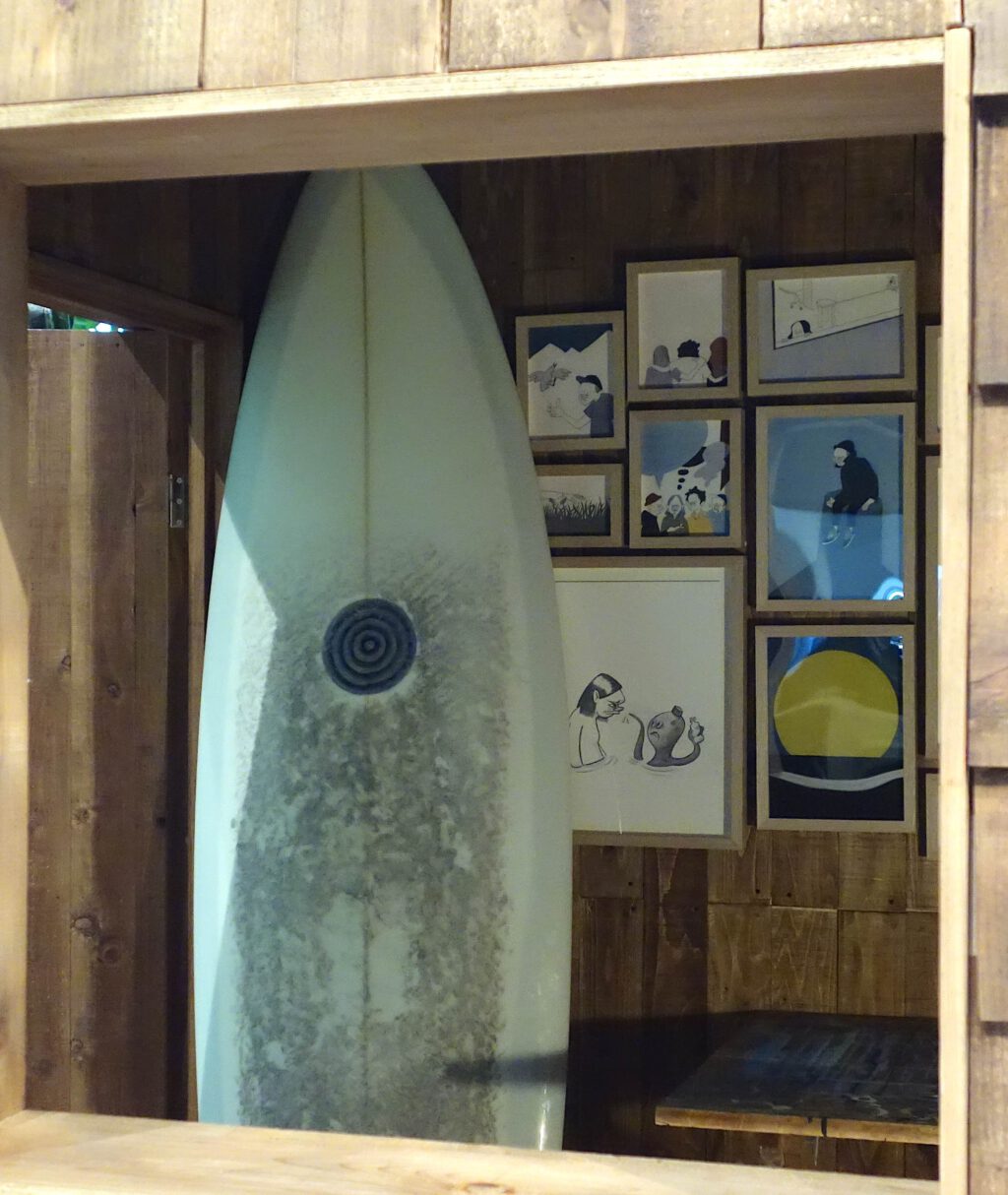

世界的アーティストの花井祐介さんのアトリエで・・・【Friends】
アーティスト花井祐介さんとジョージの関係は?【Friends】

